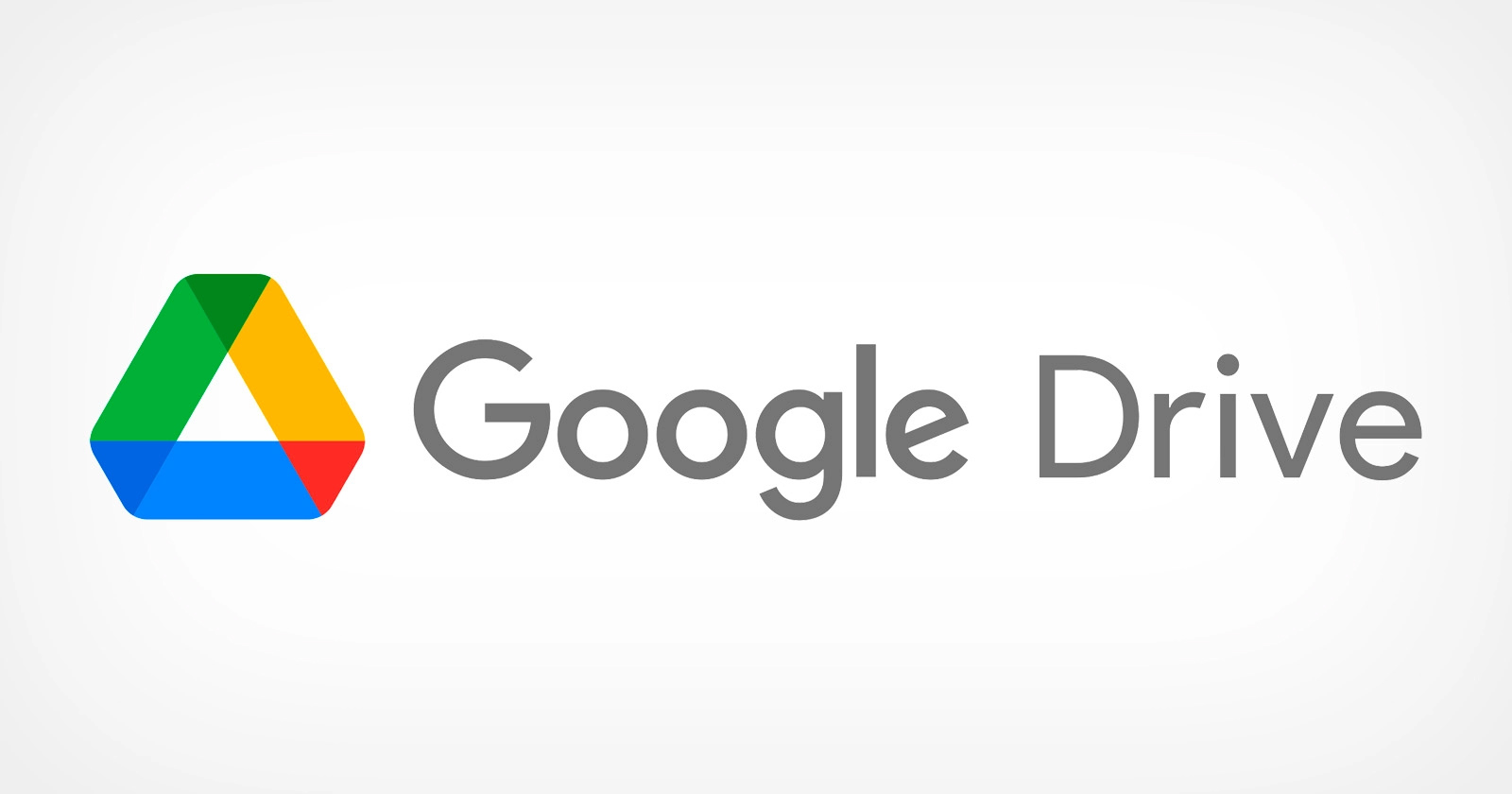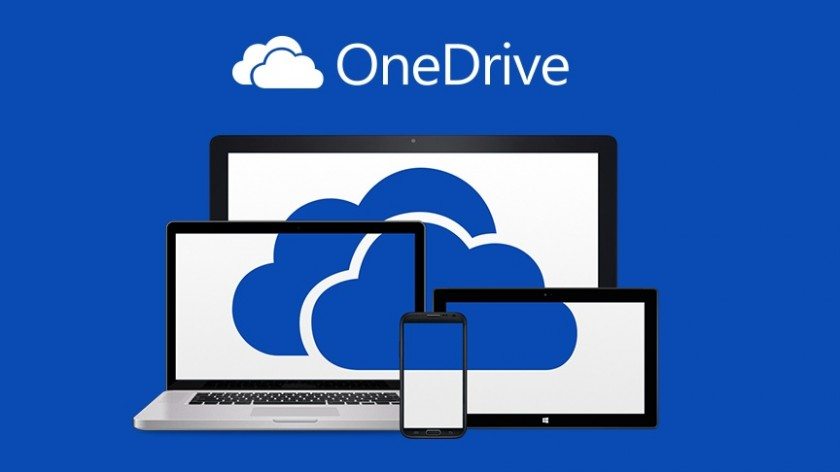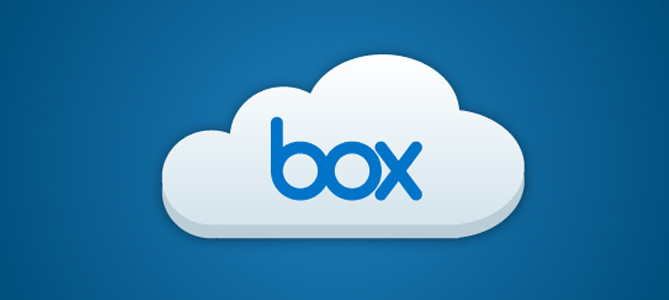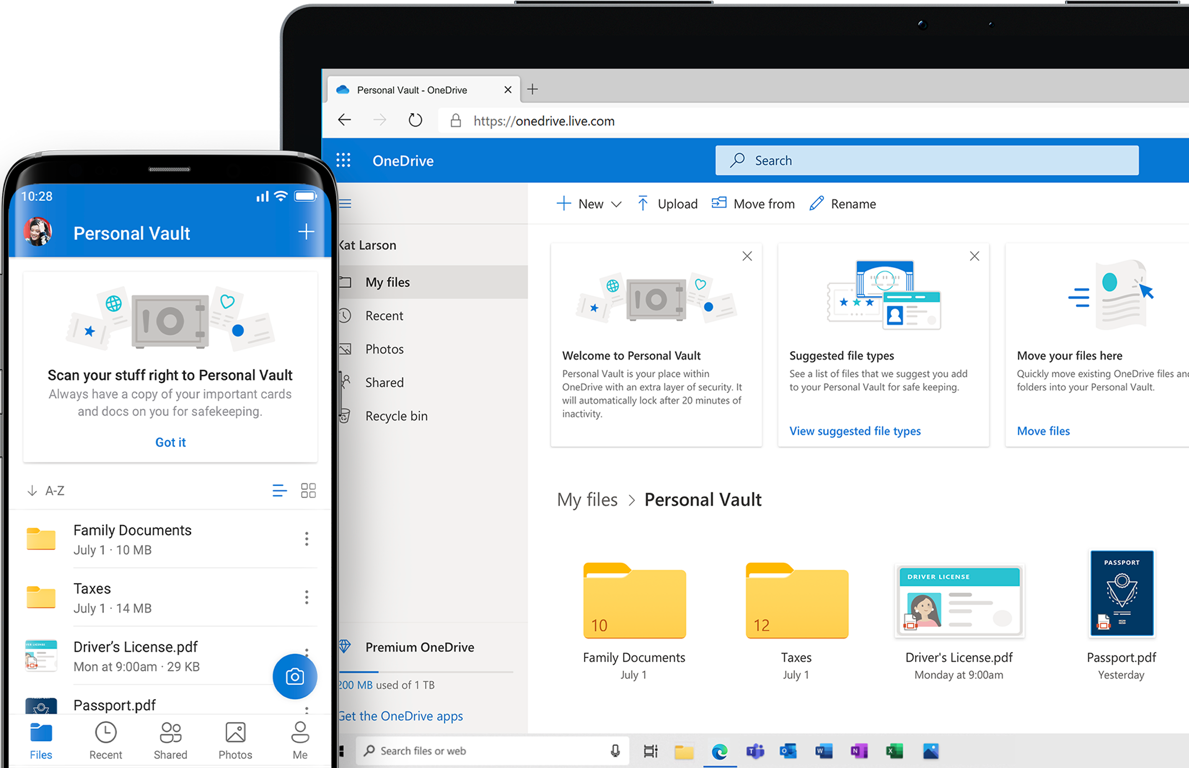WHAT IS THE BEST CLOUD STORAGE PLATFORM FOR YOU?
Posted by Tehillah Mwakalombe on 1st Mar 2023
If you're looking for a way to store your files and photos in the cloud, we've compared the features and prices on some of the top options.

Which cloud storage service is for you?
Storing files in the cloud has made life way easier. You can view files and photos from any phone, tablet or computer that's connected to the internet and download them as needed. Even if you lose your phone or the computer crashes, cloud storage gives you an online backup for files so they'll never get lost. Cloud storage is also important for people working from home who have to share files for their colleagues.
Many cloud storage services also have a free tier/amount of storage, and different pricing options, which means you can meet whatever needs you have when it comes to keeping your data stored safely. The best cloud storage options usually feature individual and business plans.
For that reason, we've compiled a guide to the most popular cloud storage services: how they work, their strengths and weaknesses and some lesser-known services if you want to get away from the mainstream.
CLOUD STORAGE COMPARISON (at a glance)
| OneDrive | Dropbox | Google Drive | Box | Amazon Cloud Drive | |
| Free Storage? | 5GB | 2GB | 15GB | 10GB | 5GB |
| Paid Plans | -$2/month for 100GB of storage -$70/year ($7/month)for 1TB of storage. -Microsoft 365 Family offers a one-month free trial, then it's $100/year ($10/month). -Family package offers 6TB of storage. | -$20/month for one user with 3TB of storage. -$15/month for 5TB of space for Teams -$25/month for customizable team storage | (With a Google One membership) 100GB: $2/month or $20/year, 200GB: $3/month or $30/year, 2TB: $10/month or $100/year, 10TB: $100/month, 20TB: $200/month, 30TB: $300/month | -$10/month for up to 100GB of storage -Several business plans | -Unlimited photo storage with Amazon Prime account -$2/month for 100 GB, $7/month for 1TB, $12/month for 2TB (with Amazon Prime membership) |
| Supported OS | Android, iOS, Mac, Linux, Windows | Windows, Mac, Linux, iOS, Android | Android, iOS, Linux, Windows, MacOS | Windows, Mac, Android, iOS, Linux | Windows, Mac, Android, iOS, Kindle Fire |
Google Drive

Google Drive gets you 15GB of free storage space.
Google combines a complete set of office tools with cloud storage in Google Drive. You get a little bit of everything with this service, including a word processor, spreadsheet application, and presentation builder, plus 15GB of free storage space. There are also Team and Enterprise versions of the service. You can use Google Drive on Android and iOS, as well as on Windows and MacOS desktops.
If you already have a Google account, you can already access Google Drive. You just have to head to drive.google.com and enable the service. You get 15GB of storage for anything you upload to Drive -- including photos, videos, documents, Photoshop files and more. However, you have to share that 15GB with your Gmail account, photos you upload to Google Plus, and any documents you create in Google Drive unless you upgrade your plan with Google One, Google's cloud storage subscription.
A lot of Google One's features can be accessed easily through the app. Signing up for a Google One membership gets you 100GB of space to use across Google Drive, Gmail and Google Photos for $2 a month. You'll also get access to a number of other features, like automatic backup for your Android device's photos, messages and contacts.
Google Drive pricing
If you need to expand on your Drive storage beyond the free 15GB, here's how the price breaks down with Google One:
100GB: $2 a month or $20 annually, 200GB: $3 a month or $30 annually, 2TB: $10 a month or $100 annually, 10TB: $100 a month, 20TB: $200 a month, 30TB: $300 a month.
Microsoft OneDrive

OneDrive is Microsoft's storage option. If you use Windows 8 or 10, OneDrive should be built into your operating system. You should be able to find it in the file explorer next to all of the files on your computer's hard drive. Anyone can use it on the web, or download the iOS, Android, Mac or Windows app. The service also has its 64-bit sync available in public preview which is helpful for users who are dealing with larger files.
You can store any kind of file in the service, including photos, video and documents, and then access them from any of your computer or mobile devices.  The service organizes your files as well, and you can change how OneDrive sorts your items or the layout. Photos can be uploaded automatically when you turn on Camera Upload, organize with automatic tagging and search by the photo contents.
The service organizes your files as well, and you can change how OneDrive sorts your items or the layout. Photos can be uploaded automatically when you turn on Camera Upload, organize with automatic tagging and search by the photo contents.
In addition, OneDrive backs up your content so even if your device is lost or damaged, your files are protected. There's also a feature called Personal Vault that adds an additional layer of security for your files with identity verification.
Microsoft OneDrive pricing
OneDrive has a basic free tier, with 5GB of free cloud storage, that's upgradable to three different paid plans. Other options include:
OneDrive Standalone: $2 a month for 100GB of storage
Microsoft 365 personal: $70 a year ($7 a month); offers OneDrive premium features, as well as 1TB of storage. You'll also get access to Skype and Office apps like Outlook, Word, Excel and Powerpoint.
Microsoft 365 Family: One-month free trial and then $100 a year ($10 a month). The Family package offers 6TB of storage as well as OneDrive, Skype and Office apps.
Dropbox

Dropbox is a favorite in the cloud storage world because it's reliable, easy to use and a breeze to set up. Your photos, documents and files live in the cloud and you can get to them at any time from Dropbox's website, Windows, Mac and Linux, as well as iOS and Android. Dropbox's free tier is accessible across all the platforms.
You can also have peace of mind when it comes to keeping your file safe with features -- even in the free tier -- like file sync from your phone, camera or SD card, file recovery for anything you've deleted in the past 30 days, and version history which lets you revert edited files back to the original within 30 days.

Dropbox also offers easy ways to share and collaborate with others on projects. You can create links to share files with others to edit or view, and they don't need to be Dropbox users either.
With paid tiers users can also take advantage of features like mobile offline folders, remote account wiping, document watermarking and priority live chat support.
Dropbox pricing
While Dropbox offers a free basic tier, you can upgrade to one of several paid plans with more features. Dropbox's free version offers 2GB of storage along with file sharing, storage collaboration, backup and more.
Individual professional plan: $20 a month, 3TB storage, productivity features, file sharing and more
Standard team plan: $15 a month, 5TB of storage
Advanced team plan: $25 a month, unlimited storage
Box

Box has more of an enterprise focus.
Not to be confused with Dropbox, Box is a separate cloud storage option for files, photos and documents. When compared to Dropbox, Box is similar with features like assigning tasks, leaving comments on someone's work, change notifications and privacy controls.
For example, you can decide who in your business can view and open specific folders and files, as well as who can edit and upload documents. You can even password-protect individual files and set expiration dates for shared folders.

Overall, while it's available for individual use, Box has more of an enterprise focus with built-in features that are particularly useful for businesses. In addition to collaboration with Box Notes and storage accessible across different platforms, the service offers Box Relay which helps with workflow efficiency, and Box Sign for easy and secure e-signatures.
Box offers three different account types -- Business, Enterprise and Personal -- that work with Windows, Mac and mobile apps.
Box pricing
Box has a basic free tier with 10GB of storage and a 250MB file upload limit for both desktop and mobile. With the free version, you also can take advantage of file and folder sharing, as well as Office 365 and G Suite integration. You can also upgrade:
Personal Pro: $10 a month, 100GB storage, 5GB file uploads
All in all, it comes down to personal preference and which platform offers more of the features you're looking for and is within your budget (though they all have similar price ranges).


